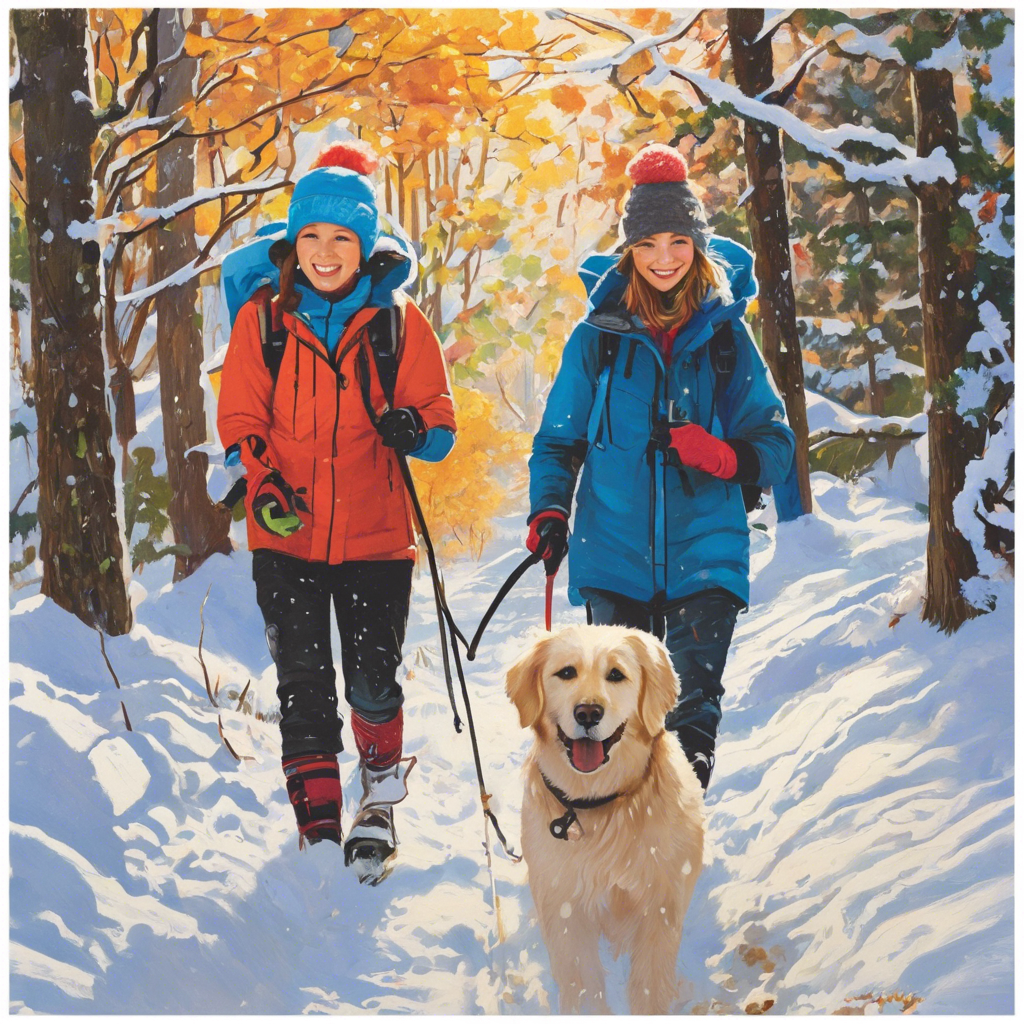Whether you’re an avid dog walker or simply taking your furry friend out for their daily stroll, navigating weather conditions can be a challenging task. Every season brings its own set of obstacles, from scorching heatwaves to freezing blizzards, and ensuring both your comfort and your dog’s safety is essential. Here’s a comprehensive guide to tackling the elements and making your walks enjoyable year-step.
During the scorching summer days, extreme heat can be more than just uncomfortable for your dog; it can be dangerous. Asphalts and pavements can reach scorching temperatures, potentially burning your dog’s paws. Plan your walks for the cooler parts of the day, like early mornings or late evenings, and opt for grassy routes or shaded paths to avoid hot surfaces. Always carry a collapsible water bowl and ensure your dog stays hydrated. Look for signs of heat exhaustion, such as heavy panting, drooling, or vomiting, and take breaks in shaded areas. If you have a brachycephalic breed, like a Pug or a Bulldog, be extra cautious as they are more prone to overheating. Remember, if the ground is too hot for your bare feet, it’s too hot for your dog’s paws!
In contrast, winter brings its own set of challenges. Icy temperatures can be just as harsh as the summer heat. Some dogs thrive in colder climates, but many may struggle with the cold, especially smaller breeds. Invest in a cozy dog sweater or jacket for added warmth and consider protective booties for their paws. Avoid frozen surfaces that could lead to injuries, and keep your dog away from frozen ponds or lakes, as thin ice can be dangerous. Shorten your walks on extremely cold days, and if your dog has a thick coat, consider trimming it to avoid ice buildup.
Spring and autumn often provide pleasant weather for walks, but they also come with their unique considerations. Both seasons can be unpredictable, bringing rain, strong winds, and sudden temperature drops. Waterproof clothing and a raincoat for your dog will ensure you’re prepared for sudden downpours. Keep your eyes peeled for blooming plants and flowers during spring, as some can be toxic to dogs. Autumn’s falling leaves might seem harmless, but they can hide hazards like broken branches or acorns that can be harmful if ingested. Always be vigilant about your surroundings and supervise your dog closely.
Additionally, consider your dog’s breed and age when planning walks. Older dogs or those with health issues may require shorter, slower-paced walks, while younger, more energetic dogs might need longer adventures. Adapt your route and duration to suit their needs.
In all seasons, remember to bring waste bags and clean up after your dog, ensuring you are a responsible pet owner. Stay informed about weather forecasts, and if the conditions are too extreme, opt for indoor activities or short potty breaks until the weather improves. By being prepared and adapting your walking routine, you can ensure a safe and fun experience for you and your furry companion, no matter the season.
Navigating weather challenges is all about being proactive and adapting to the elements. With a little preparation and awareness, you can turn each season’s walk into a joyful adventure, creating lasting memories with your four-legged friend. So, embrace the changing weather, stay comfortable, and enjoy the benefits that each season brings to your walking routine!

